With up to 90% of post submission support requests related to simple issues like resetting passwords, updating contact details or trying to get a status update, implementing simple best practices can dramatically reduce the time and cost of administrating and supporting a grant program.
At Tactiv we work with clients to transform their legacy grant management programs and migrate them online. Our experience from witnessing thousands of support interactions with grant applicants has been critical in designing and developing the new Enquire Grantcycle Management system.
Our goal is to make sure our grant management software offers a more effective and efficient whole of lifecycle grant management solution.
Here are our five best practice approaches to creating, publishing and managing online grant applications to improve submission quality and applicant satisfaction while dramatically reducing your support demands.
1. Customise and automate to improve submission data accuracy
Take advantage of technical solutions to ensure online grant submission data is accurate and fit for purpose. Submission data can be improved by:
- customising data collected with customer data fields
- data and field validations with error messaging
- automated verifications with look-ups services for addresses, registration numbers and the like
- reuse of data to avoid re-entry
- provision of standard templates for data like budgets
- Auto suggest options/places and pre-defined choices in drop downs
Also important is to not over design the form, only collect what you need and can use.
2. Allow the user to own the interaction
Dramatically improve submission and completion rates by allowing applicants to complete sections in stages and to interact as needed throughout the application process by:
- dividing the form into stages
- informing applicant on their progress
- allowing applicants to save, update, edit and return to finish later
- integrating interactions with helpful tips or messages
- providing a login to update and recover a password
- inviting team members to view and edit the application (e.g., admin or finance manager may need to edit any budget information)
Grant application forms can be short and simple, or very complex, but in either case applications that provide ability for users to own their interaction can reduce support costs.
3. Offer help and support as part of the application process
Provide screening guides, in-context help and examples as applicants move through an application process. These can include:
- introductory help and program information
- pre application screening requirements to reduce incomplete or invalid applications
- in context help throughout the form and stages
Applicants are not likely to read long help documents. Program managers cannot always be aware of the age, education, language or background, increasingly help and support need to be aware to these realities.
4. Provide submission updates, confirmation and receipts
Applicants need to know they have successfully submitted an application, what to do in case of changes or errors and how to provide proof to their sponsors or stakeholders of their application. This can be achieved by:
- providing certificate and/or email receipt on successful completion
- including a copy of the completed application form in the email
- informing applicants clearly on what’s next and what to expect.
- letting applicants know if they can return to the online application and/or log back at another time
- retaining access to program information, screening requirements or other pertinent information
- offering easy access to retrieve applications and the ability to update or edit ensuring tracking and status reporting on applications
5. Communicate constantly
Once submitted applicants will often contact support for updates and to ask questions. Program managers can reduce the need for this with frequent communications, including:
- updates on program status, including any delays
- updates on the processes and what to expect next
- informing applicants of failure, not just success
- letting applicants know how and where to get feedback (if offered)
Good communications on both the program status and status of applications will eliminate the majority of submission follow-up contacts, relieving program support staff of the time and effort to respond.
Testing and viewing the process from the point of view of applicants is important. The best practices above are simple to do and will not only improve your submission rate and quality, but also deliver greater satisfaction for applicants and others involved in the process.
Tactiv’s Enquire Grantcycle Management solution offers configurability to meet your needs and flexibility to address changing circumstances, all from a simple and modern user interface with no custom coding needed.
Talk to us about how Tactiv can help you migrate your grant program online, and dramatically improve your grant program results.


